
The Lincoln penny also called the Lincoln Wheat cent, is a one-cent coin minted from 1909 to 1958. The front side of each coin showcases the iconic image of Abraham Lincoln, while the reverse side depicts two stalks of wheat. While many Wheat pennies may appear to be ordinary pocket changes, some hold significant value due to their rarity or distinctive minting errors. Let’s explore which Lincoln pennies are the most valuable and what sets them apart.
1909-S VDB
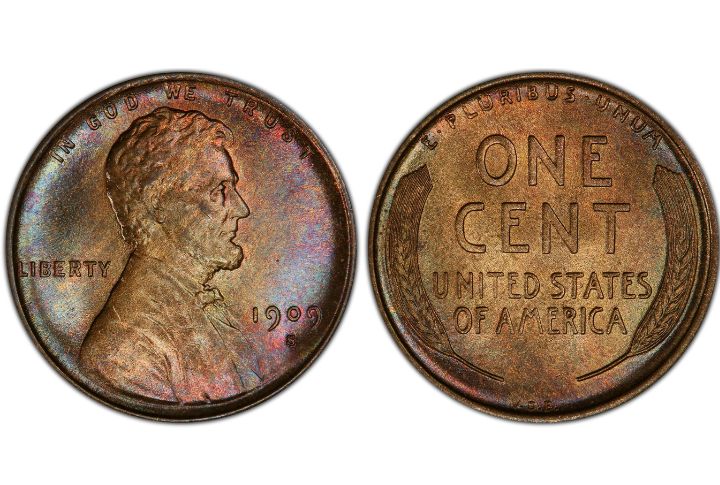
In 1909, the United States Mint commenced the production of Lincoln cents, featuring the design by Victor David Brenner, who initially included his full signature on the coin. However, due to some resistance, this signature was later removed, and Brenner’s initials, VDB, were imprinted on the penny instead. Therefore, identifying these pennies is relatively straightforward, as they bear the distinctive ‘VDB’ initials and an ‘S’ mark beneath the 1909 year. With a low mintage of only 484,000, obtaining this penny in mint condition can fetch a considerable sum at auctions.
Value: $700 – $1,500
1909-S
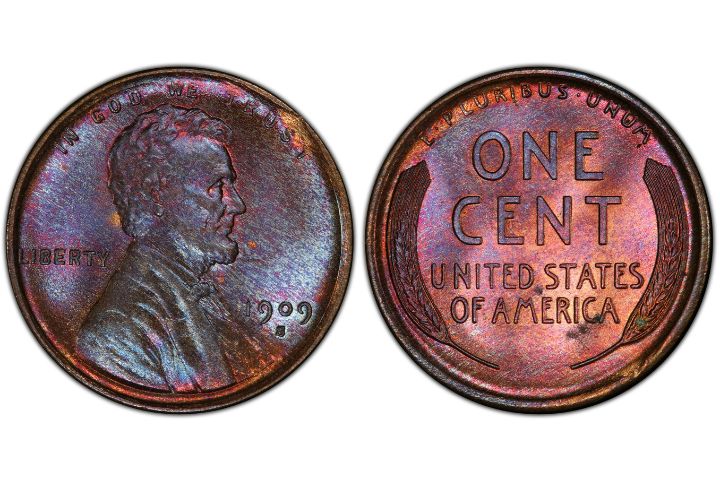
After Victor D. Brenner added his complete initials to the reverse of the Lincoln cent, there was pushback, leading the Mint Director to remove them. Subsequently, new reverse dies were crafted without Brenner’s initials. However, due to time limitations, the San Francisco mint could only produce 1,825,000 coins. Therefore, the scarcity of these coins increases their value above that of their Philadelphia counterparts.
Value: $100 – $300
1909-S Over Horizontal S
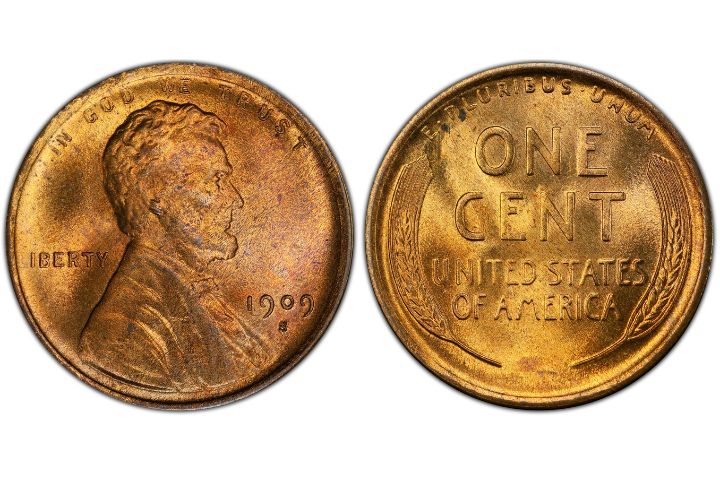
The 1909-S Over Horizontal S penny represents a notable error known as a Repunched Mint Mark (RPM). This mark occurs when the initial S is punched incorrectly and subsequently corrected with another S. Despite efforts to rectify the mistake, traces remain visible upon close examination of the ‘S’ mark. However, identifying this coin can pose a challenge, especially if it has undergone significant circulation.
Value: $80 – $270
1914-D
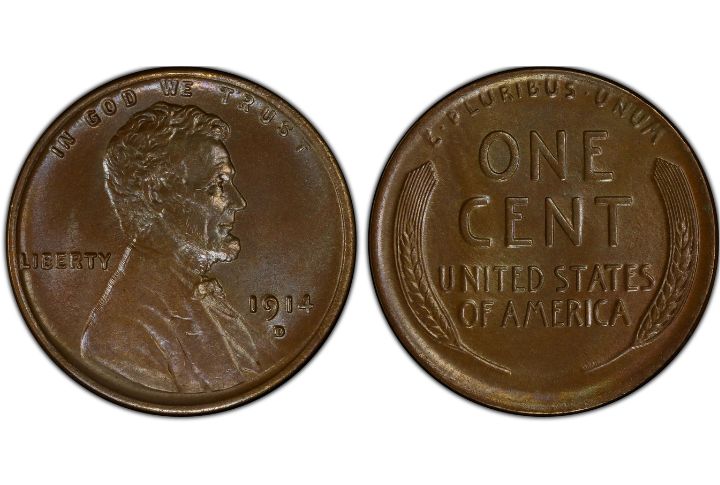
The 1914-D Lincoln cent, with a production of 1,193,000 coins, doesn’t boast the lowest mintage in the series. However, it is widely believed to possess one of the lowest survival rates. In 1909, Lincoln’s cent debut garnered significant attention due to the centennial of his birth, leading to widespread saving of the coins. However, by 1914, enthusiasm waned, and many circulated, contributing to their scarcity. This issue is also frequently counterfeited and altered.
Value: $200 – $2,500
1917 Double Die
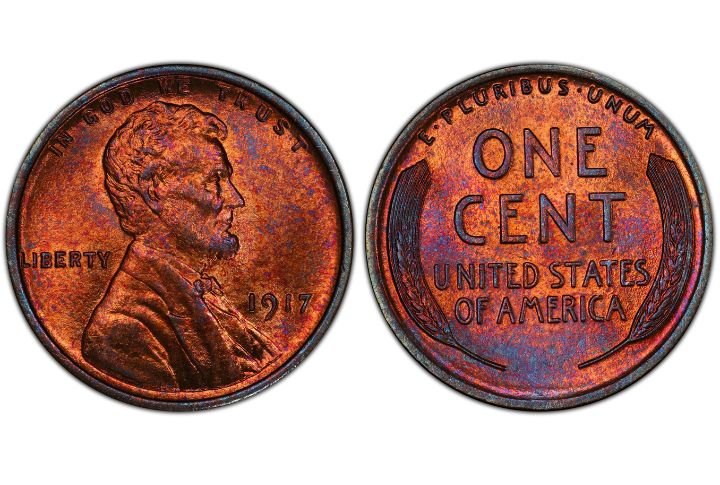
The 1955 Double Die Wheat penny stands out as an instance of minting error, showcasing prominent doubling on its obverse side. This doubling is especially noticeable in the words ‘Trust’ and the year ‘1917’. Identifying this unique penny requires careful attention, and using a magnifying glass is recommended for a more precise examination.
Value: $100 – $5,000
1922 No D
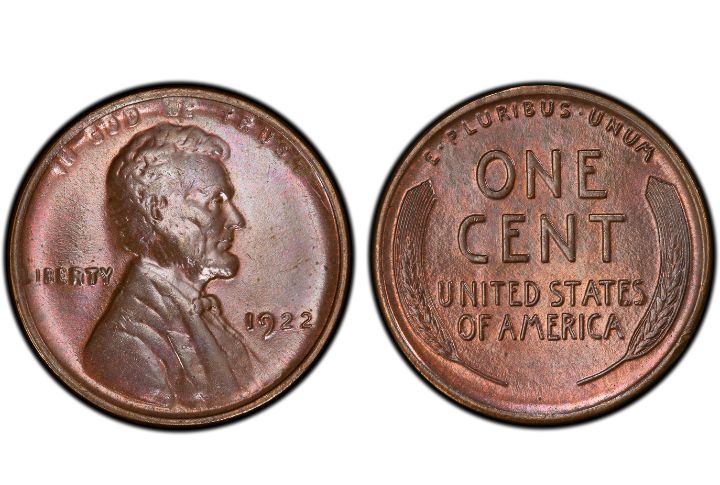
As its name implies, this particular penny lacks the ‘D’ mint mark due to an oversight during manufacturing. Typically, the ‘D’ mint mark signifies production at the ‘Denver Mint,’ but its absence in this case makes it unique and rare. The difficulty in identifying this variety and its scarcity makes it a prized discovery for collectors with keen eyes.
Value: $500 – 20,000
1931-S
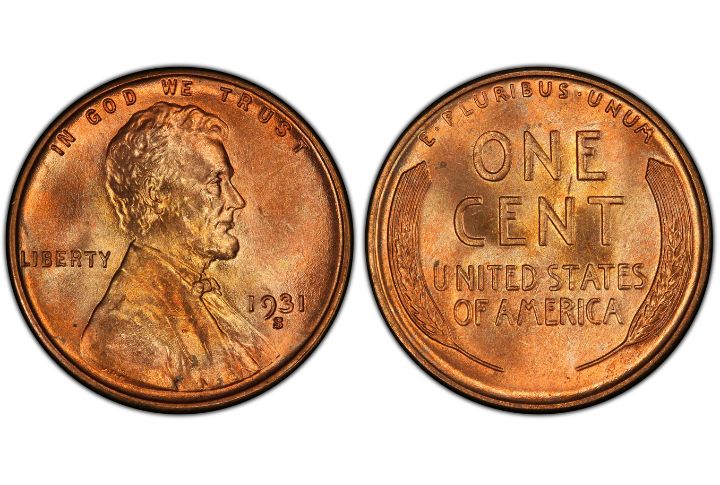
During the economic downturn of the Great Depression, the 1931-S Wheat Penny was produced in San Francisco in a restricted quantity of 866,000 coins. This penny represents the last one minted at the San Francisco Mint until 1935 and is recognized for having the second-lowest mintage in the Lincoln Wheat cent series.
Value: $70 – $150
1944-D D Over S
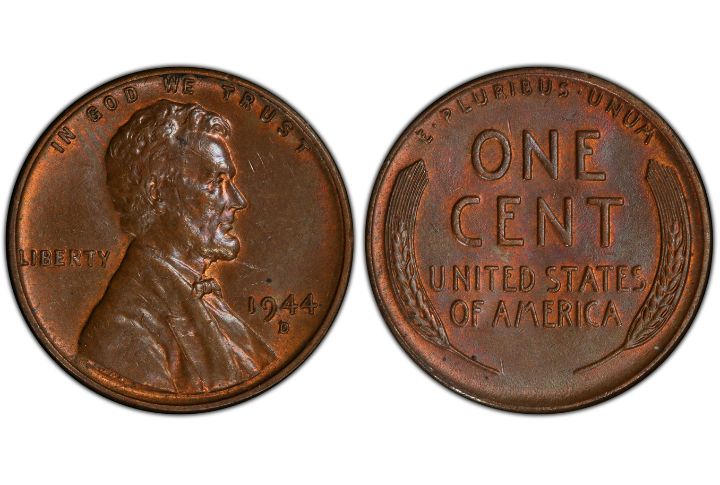
Similar to the 1909-S Over horizontal S penny, this penny also bears a minting error. Originally intended to feature the mint mark ‘S,’ an error occurred during the minting process, resulting in the mark ‘D’ being stamped instead. Efforts were made to correct the mistake by subsequently minting the ‘S,’ but unfortunately, the error couldn’t be fully rectified. Upon closer inspection, mainly focusing on the upper portion of the ‘D,’ the error becomes apparent. This distinct variety can be identified by examining the penny with a magnifying glass, paying attention to the mint mark ‘D.’
Value: $50 – $280
1955 Double Die
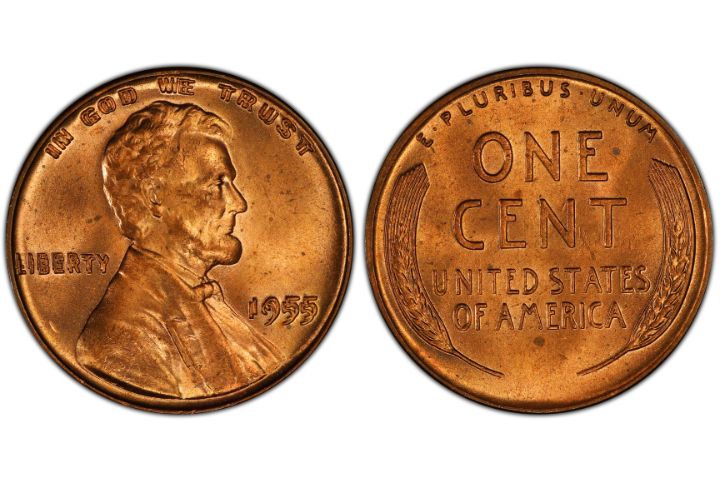
The 1955 Double Die cent is often hailed as the “King of Lincoln Cent Varieties” due to its easily noticeable doubling. You don’t need a magnifying glass to spot this variety. Examine the motto “IN GOD WE TRUST,” the word “LIBERTY,” and the year 1955 on the penny, and you’ll see a distinct doubling of these features. Given its popularity, duplicates are common, so be cautious of potential frauds.
Value: $1,000 – $1,800
